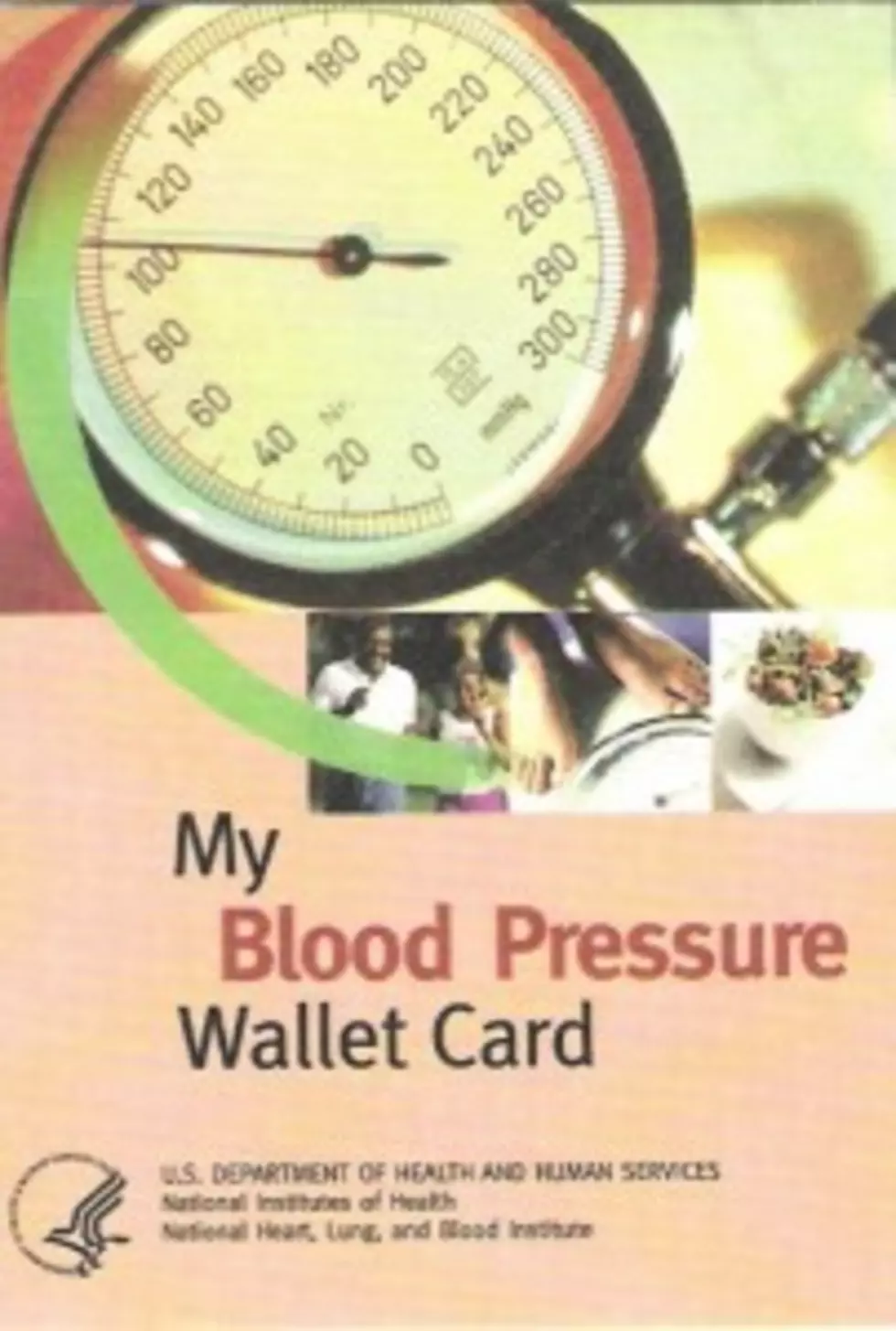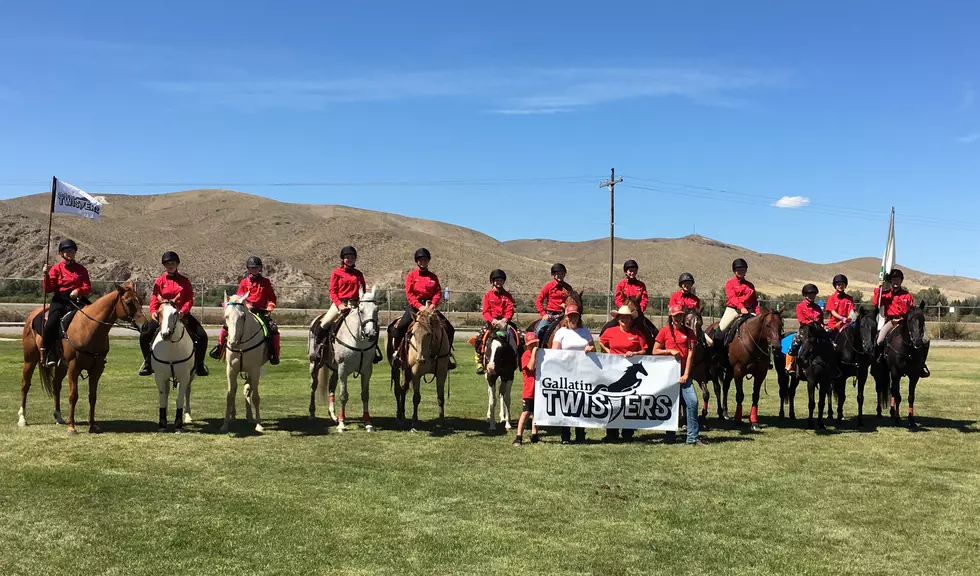
All Shook Up: With Too Much Salt
I'm wierd. I don't use salt. I never use it when I cook, unless a recipe calls for it (but then again I don't follow recipes often). I never add salt to my meal once it is on a plate. I don't know why, but I don't have the salt craving like most of the population. I also don't have high blood pressure.
The Gallatin County Extension Office received a grant and is partnering with the Montana Department of Public Health and Human Services. We have blood pressure cuffs in the office for the public to use anytime during open business hours (M-F 8-5, closed from lunch 12-1). We are also hosting a FREE LUNCH on June 28 at 12 noon in the Bozeman Fish Technology Center's conference room. We'll show you ways to lower your blood pressure by following the Dietary Approaches to Stop Hypertension (DASH) Eating Plan. Please RSVP to the Gallatin County Extension Office by June 24th at 5pm to hold your spot. Also-keep reading for seven steps to reduce your salt intake and lower your blood pressure.
Seven Steps to Reduce Salt Intake and Lower Blood Pressure
1. Get fresh with more home-cooked and fewer packaged foods.
Eating home cooked meals is good for your food budget, good for your salt intake, and good for your health. Since as much as 75 percent of our salt intake comes from processed and restaurant meals, home-cooked foods – featuring whole, fresh ingredients – are one of the smartest, easiest ways to shake the salt habit.
2. Pile on the produce – more fruits and vegetables really do matter.
In terms of your blood pressure, fruits and vegetables have two big benefits: (1) They are naturally low in sodium and (2) they are great sources of potassium. Filling at least half your plate with the crunchy goodness of produce at each meal will help you get the potassium that most Americans are missing – and easily cut back on sodium.
3. Explore the flavorful world of herbs and spices.
If you salt food without thinking (or even tasting it), it’s time to discover the delicious flavors of herbs, spices, garlic, and citrus. Nearly every TV chef, cookbook author, and website offers lower-sodium recipes these days. The Mayo Clinic has dozens of free recipes at www.mayoclinic.com/health/low-sodium-recipes/RE00101.
4. Compare food labels for sodium content.
Food manufacturers have responded to consumer concerns about salt by reducing the sodium in many products without sacrificing flavor. Since sodium levels can be very different between similar products, get into the label reading habit. Compare sodium in foods like soup, bread, and frozen meals – and choose foods with lower numbers.
5. Downsize your portion sizes.
Many restaurant meals are at least two to three times a normal adult portion size – with two to three times the amount of salt and calories than are healthful. By smart-sizing your portions, you can cut back on salt and unneeded calories at the same time. Share an entrée when dining out – or eat half and take half home to enjoy tomorrow.
6. Seek lower-salt options when dining out.
When dining out, learn to check out the salt content of meals before you order. Most chain restaurants have nutrition information on their websites, so you can find lower salt options – and any new recipes or campaigns – before you leave your house. In any restaurant, talk to your server and ask for their help in making a better choice.
7. Call for action on salt in food.
Restaurants and food manufacturers do respond to consumer concerns, so let your voice be heard. Call toll-free numbers on food packages, send emails to customer service, or ask to speak to the chef when you are dining out. For more information on salt, blood pressure, health, and speaking out on salt, visit these websites:
• Centers for Disease Control and Prevention (CDC): http://www.cdc.gov/salt/
• The Nutrition Source: www.hsph.harvard.edu/nutritionsource/salt/
~~~~~~~~~~~~~~~~~~~~~~~~~~~~~~~~~~~~~~~~~~~~~~~~~~~~~~~~~~~~~~~~~~~~~~~~~~~~~~~~
**4-H Summer Camp is NEXT WEEK. Call the office today if you are interested in signing your child up!
**Mark your calendars if you are a Military Family**
July 27th-Having a Grizzly Day? Day Camp for military youth ages 5-9. This camp is FREE for kids with a loved one in the military.
August 9-11th-Operation Military Kids:Teen Leadership camp for teens ages 13-18. This camp is FREE for teens with a loved one in the military.
For more information about these camps, please contact:
JoLynn Miller
4-H Military Program Coordinator
Gallatin County MSU Extension
201 West Madison, Ste. 300
Belgrade, MT 59714
Tel 406-388-3213
Fax 406-388-3243
jcmiller@montana.edu









